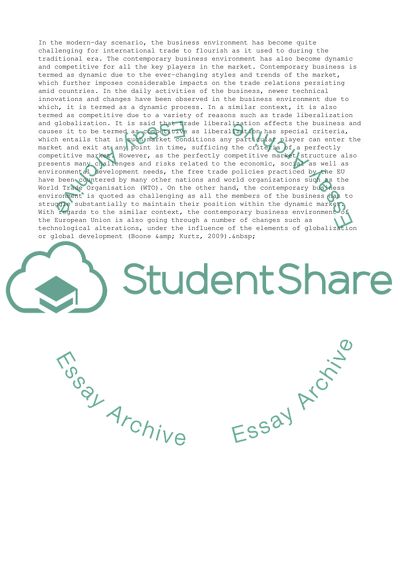Cite this document
(Macroeconomic Assessment of the European Union Report Example | Topics and Well Written Essays - 3250 words, n.d.)
Macroeconomic Assessment of the European Union Report Example | Topics and Well Written Essays - 3250 words. https://studentshare.org/business/1815479-contemporary-business-environment
Macroeconomic Assessment of the European Union Report Example | Topics and Well Written Essays - 3250 words. https://studentshare.org/business/1815479-contemporary-business-environment
(Macroeconomic Assessment of the European Union Report Example | Topics and Well Written Essays - 3250 Words)
Macroeconomic Assessment of the European Union Report Example | Topics and Well Written Essays - 3250 Words. https://studentshare.org/business/1815479-contemporary-business-environment.
Macroeconomic Assessment of the European Union Report Example | Topics and Well Written Essays - 3250 Words. https://studentshare.org/business/1815479-contemporary-business-environment.
“Macroeconomic Assessment of the European Union Report Example | Topics and Well Written Essays - 3250 Words”. https://studentshare.org/business/1815479-contemporary-business-environment.


